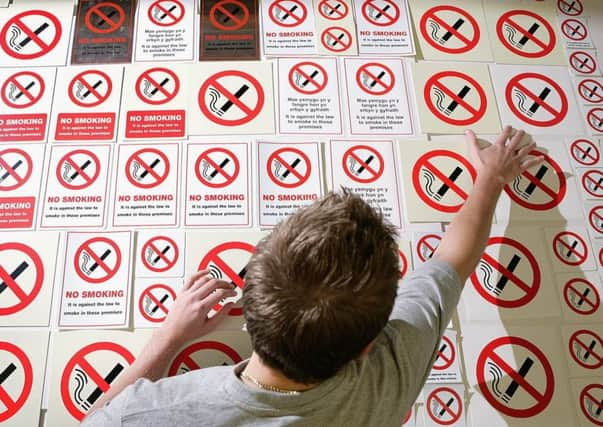Leader comment: Prison smoking ban does not need to be total


However, different rules were applied in prisons, where smoking was still permitted in cells and in certain outdoor spaces.
There was no real justification for allowing smoking to continue inside cells, and the suspicion has always been that the exception was made simply because of the possible repercussions within prisons if inmates were denied one of the few rights – or ‘pleasures’ – they have while in custody.
Advertisement
Hide AdAdvertisement
Hide AdBut smoking was banned in enclosed places to protect non-smokers from the dangers of passive smoking, and it is incoherent to roll out such a policy across the country while continuing to expose prison staff to second-hand smoke.
When the general public is bound by a restriction which remains a liberty for the incarcerated, something has gone wrong.
It is possible there will be a backlash against the ending of smoking in cells, but the position cannot be maintained out of fear over what might or might not happen.
Where the prison service does face a serious challenge, however, is with the blanket ban on smoking which is to be put in place by November 2018. This will make a prison sentence much harder to serve for the estimated three-quarters of inmates who smoke, because it will force them to break with a long-term habit, or an addiction. One of the main purposes of prison, besides being a method of punishment, is to rehabilitate an offender, and if that person suffers withdrawal symptoms, then he or she is less likely to respond positively to a rehabilitation programme.
It would seem more practical, and consistent, to allow prisoners to continue to smoke in an outside space, if such an area can be identified within the boundary of the prison. This does not mean that prisoners would be able to have a cigarette when they feel like it. Instead, there could be a designated time of the day when the existing practice of smoking outside is still permitted.
The smoking ban of 2006 has undoubtedly made public places more bearable for non-smokers, and the Scottish Government’s aim of a “tobacco-free generation” by 2034 is laudable, but an outright ban in prisons is unnecessary, and possibly unhelpful, at this stage.